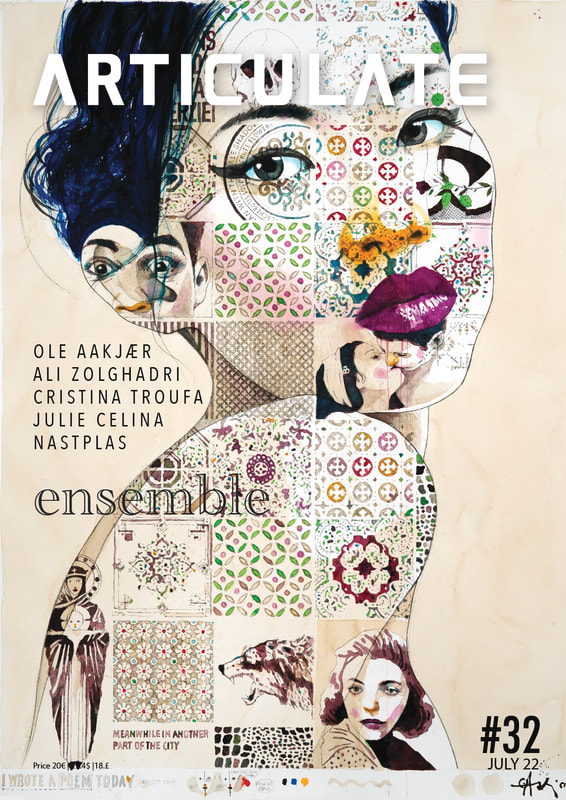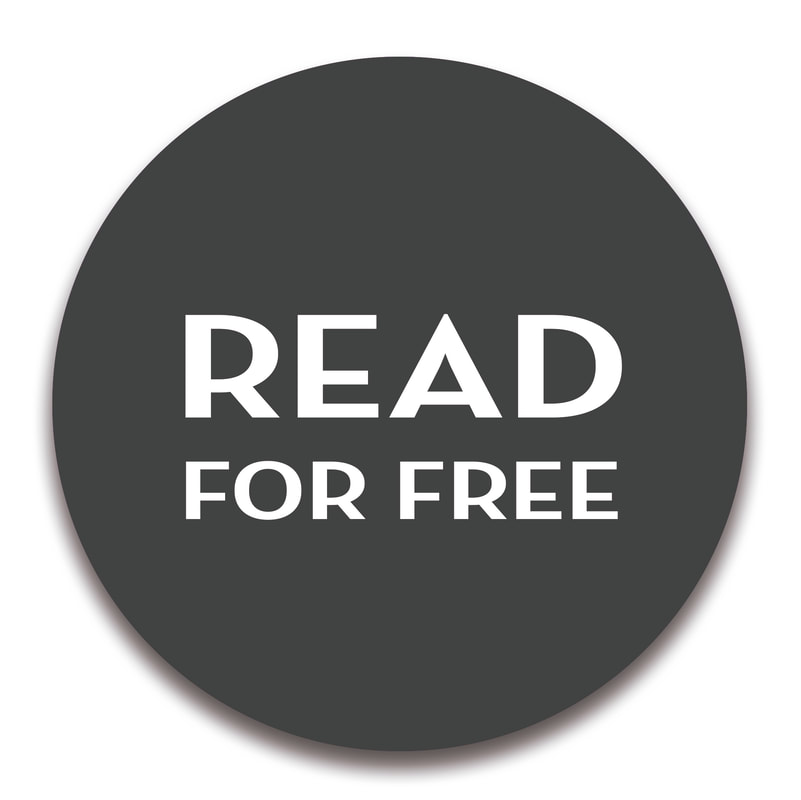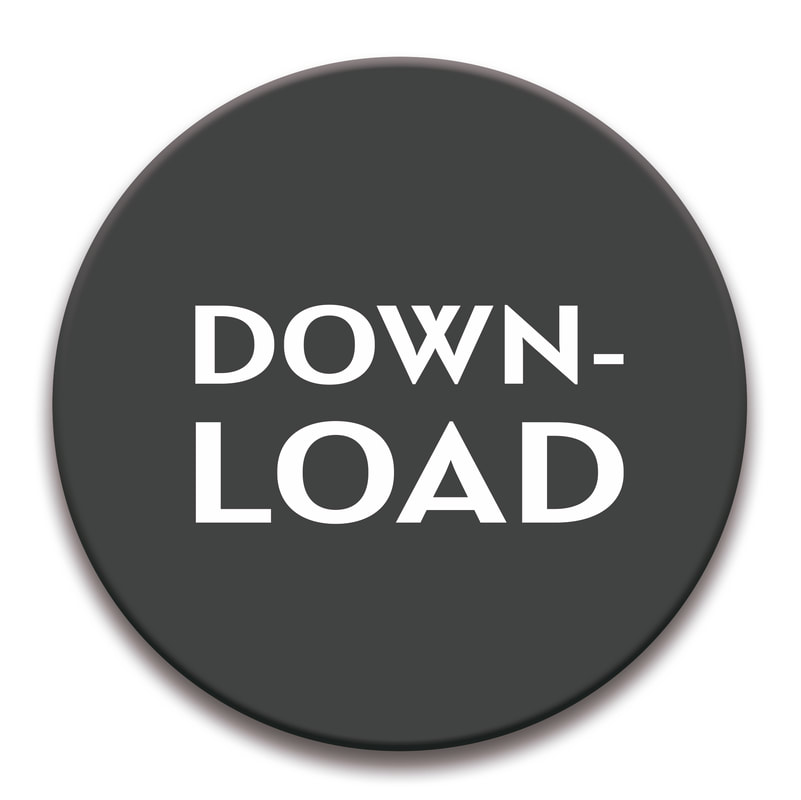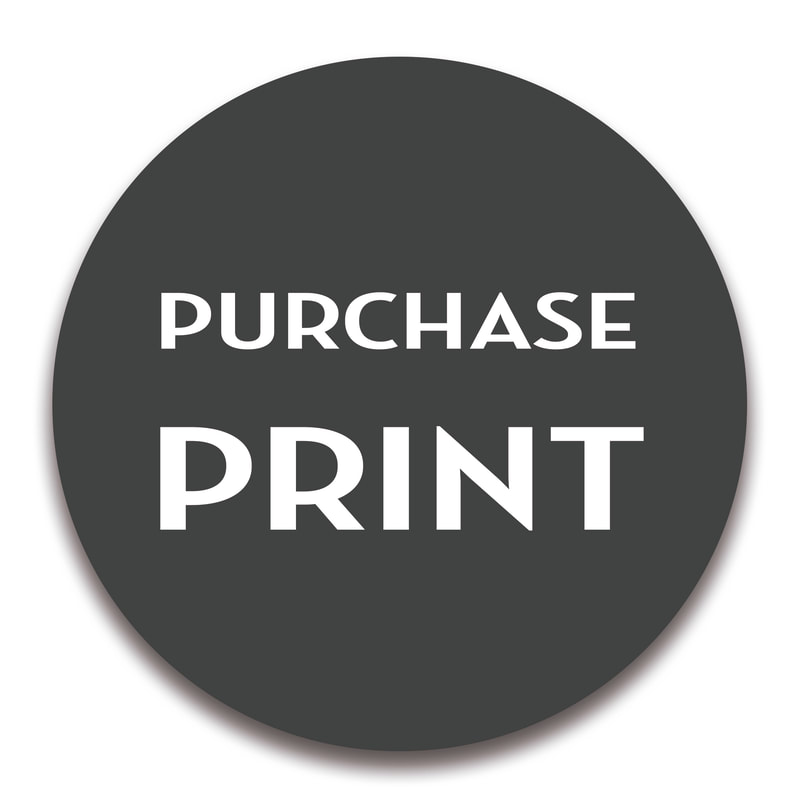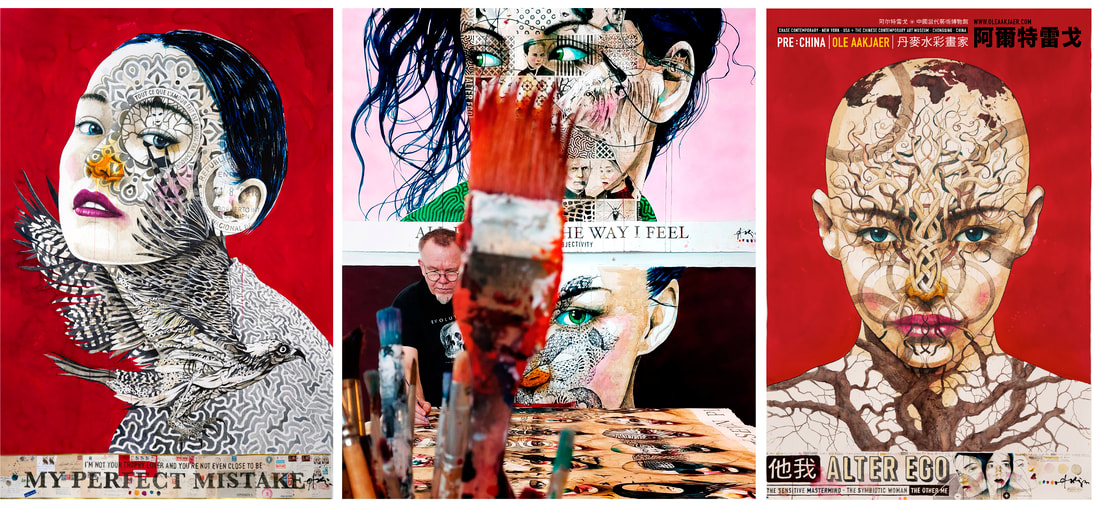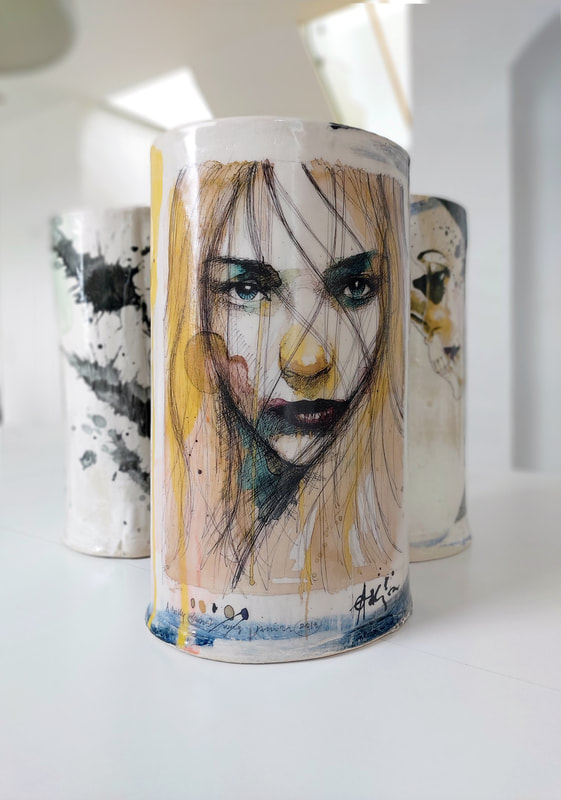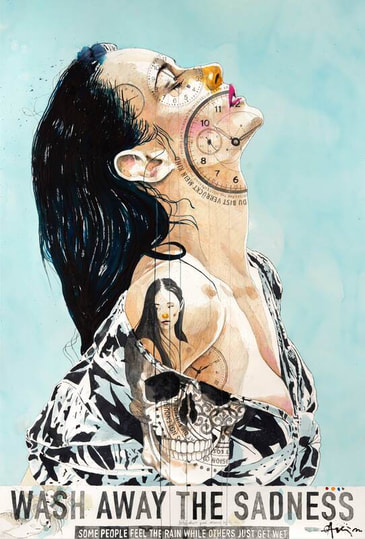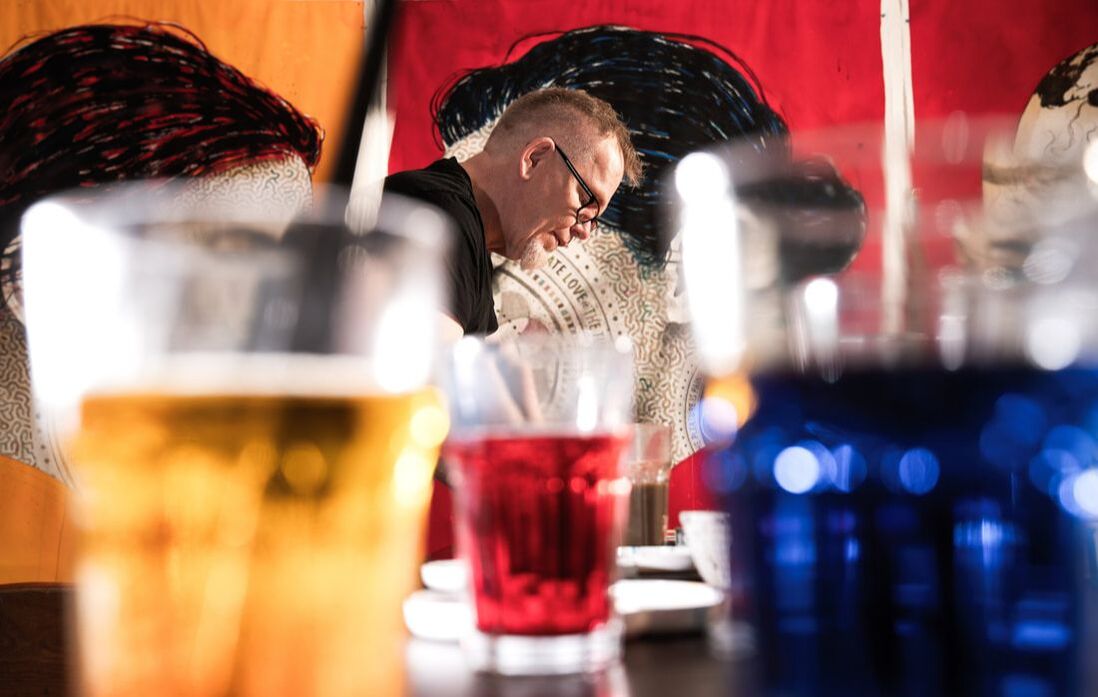The Danish water color and ink artist Ole Aakjær reclaims his childhood fascination and playfulnessARTICULATE 32 [ensemble], is a magazine of contemporary art, packed with 80 pages of high quality content, showcasing the work of 5 professional artists, featuring the Danish watercolor and ink artist Ole Aakjær, the Portuguese artist Cristina Troufa, the Spanish creative duo Nastplas, the Iranian photographer Ali Zolghadri and the Danish painter Julie Celina.
This article about Ole Aakjær is part of the 32th magazine, ARTICULATE #32 | ensemble. Read, download or order your print version of the full publication below.
|
Ole Aakjaer
an article written by Ole Aakjaer & Carmen Line Hust
Ole Aakjær is a Danish internationally-renowned watercolor and ink artist best known for large-format, highly symbolic works that celebrate the power of women. His distinct figurative paintings rely on bold colors and symbols to convey deep psychological empathy, while exploring the complexity and strength of their subjects. Ornate ink work comes into play with tattoos often sprawled across the face, neck, shoulders, and upper body. Text and characters, inspired by music, literature, poetry, film, religion, psychology, and cartoons are painstakingly applied with ink. Influenced by comic book writers and artists Milo Manara, Enki Bilal, and Jean Giraud (pseudonym Moebius), Aakjær in the mid-1980s published an album at Carlsen, Denmark's main comic book publisher at the time, fulfilling his childhood dream. He operated an illustration studio since 1992. After 25 years as CEO of his own advertising and design agency, Aakjær was burnt out creatively. Reclaiming his childhood fascination and playfulness, he turned to watercolor painting in 2014. With a brazen nod to his previous career in his use of oversized keywords, Aakjaer's large scale watercolors and techniques are unparalleled. The combination of ink and watercolor require great mastery as there is no room for error or corrections. The desired result must be achieved on the first application. This is in many ways the poetry of the watercolour – and of Ole Aakjær's work. 75 sold out exhibitions
International success came quickly, when Aakjær's first paintings sold and his first solo exhibition sold out. Many subsequent shows in Montreal, Oslo, Paris, and London, sold out, leading to an international breakthrough and permanent gallery representation in Coppenhagen, New York, Paris, and Montreal. His first solo museum exhibition was held at the Vejle Kunstmuseum, Jutland, Denmark, in 2021. Upcoming solo museum exhibitions include the Chinese Contemporary Art Museum, Chongqing, China, in 2022. Aakjær has participated in more than 70 solo and group exhibitions since 2014. The artist lives and works in Denmark. Listen to the strange sound of originality Aakjær is fascinated by the boundlessness of art. In an age of worldwide nationalism and claustrophobic concepts of normality, art is the little crooked light that flutters in the dark. To Aakjær it is here that diversity thrives, and originality, political incorrectness and the strange sound of originality are appreciated and cultivated. Aakjær renounces the trend of classifying everything in small practical boxes. To him, it feels completely wrong that snobbery and perfid stigma are so prevalent in the ranks of art. Worst is when artists themselves condemning and classifying what is good or bad art. In the case of Aakjær, the trend is often inflated with a good deal of envy. »I could do that. Yeah, but you didn't.«
You don't have a chance – use it!
According to Aakjær, there’s a tendency in society to chase conclusions. To him, everything must be provable, and preferably strictly scientifically or by a majority decision. Art is less direct and far more patient in its search for solutions and answers, Aakjær states - here one revolves more around questions and possibilities than conclusions. One searches the cracks in society's monumental truths - often the truth hides in the doubt. The rational minds that govern our society and organize our educational system continue to have a hard time accepting that making a mistake is often the decisive step towards an ingenious solution. On the other hand, Aakjær continues, we know all about this in the world of art. Aakjær sometimes finds himself being completely moved by some of the fundamental mistakes he makes in his art work. Without failure, there is no longer any potential for development. Being in a creative process is in many ways comparable to a frustration. It's not really a pleasant state to be in, and you long for the redemption of putting two fat lines under the conclusion. However, in my experience, Aakjær explains, one should stay in the feeling of frustration for as long as possible – don't just get one idea, get ten, and you should always question the ultimate. When people tell Aakjær something is impossible, that's typically the option he goes with. And when they say he doesn't stand a chance, he’s looking forward to proving the opposite. |
SUPPORTARTICULATE
www.articulate.nu SUPPORT Monday - Friday 8:00 - 16:00 [email protected] +45 30 48 19 81 Head Quarters VAT DK40953191 |
|

